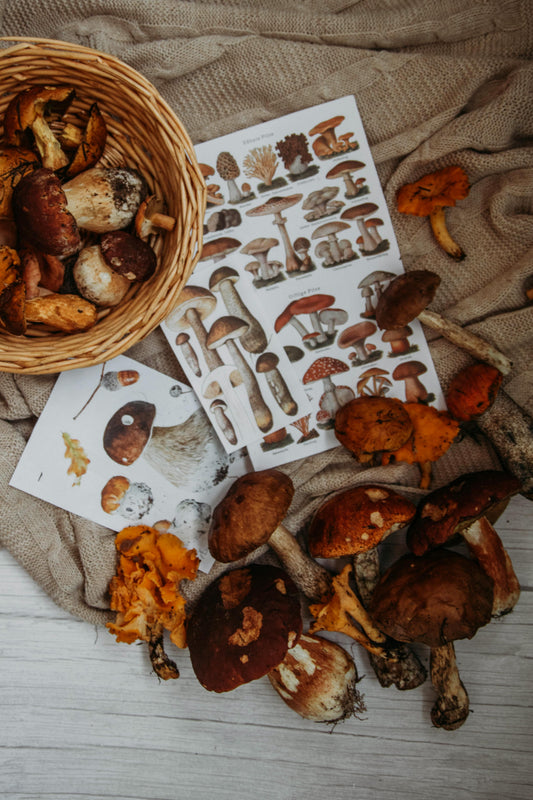Circle of Life, Circle of Sound, Circle of Beltane — Circle ’Round . . .
Merry May Day and Blessed Beltane!
The Sun’s alignment with 15° Taurus in the early days of May, marks the astrological midpoint between the spring equinox and the Midsummer Solstice — the official threshold to summertime. It’s a season of passion, protection, luck and fire — a time to enjoy the lengthening days and warmer nights, and a time to revel in the sensual beauties of the natural world.
On the Wheel of the Year this moment corresponds with the fire festival of Beltane. In modern Irish, Bealtaine is the name for the month of May and means either bright fire or the mouth of fire (or even possibly first Samhain). As such, celebratory bonfires are an integral part of both modern and old-world May Day festivities.
In historic agrarian society this was the time of year livestock was put out to pasture for the summer. On their way, cattle was herded between two bonfires — symbolically purifying and bestowing a blessing of protection for the year ahead.
Beltane is also associated with the fiery passion of romantic love. May is a popular time to perform love spells and divination centered around finding a romantic partner. It's said that if you peer at your reflection in water on May Eve, you may see an image of your future lover over your shoulder.
Dancing the maypole is another popular feature of many May Day celebrations — in which dancers surround a tall tree or wooden pole adorned with colorful ribbons streaming from its top. Each dancer takes hold of a ribbon and the group dances a choreographed pattern to braid the ribbons into an intricate weave on the pole. The custom comes to us by way of a 2,000-year-old Germanic European ritual that has evolved over the centuries. The addition of ribbons to the dance came later and likely celebrates the Divine interweaving of masculine and feminine energy to achieve the inner union of hieros gamos — the sacred alchemical mystery of enlightenment.
In Ireland, May Day celebrations historically featured a May Bush. On May Eve, members of the household or community would set up a generous cutting from a Hawthorne shrub outside the home or in the village green. The bush was decorated with colorful ribbons, yellow flowers, hollowed-out egg shells, and paper ornaments then burned the following evening to garner good luck and protection for the coming year. In time, the tradition led to mischief and fierce competition as rivaling communities would endeavor to steal each other’s bushes — and luck!
May Day Riddle:
I washed my face in water that had neither rained nor run, and I dried it on a towel that was never woven nor spun.
Another tradition from Ireland involved rising before dawn on the morning of May 1 to wash one’s face (and/or entire body) in the morning’s dew — to receive its magical beauty-bestowing properties and protection from sun damage in the coming summer months. To conserve its potency, the dew was not to be washed off, but left to be dried by the air — the towel that was never woven nor spun.
Ways to Welcome the Spirit of May Day and Beltane Season into Your Heart and Home the Whole Month Through:
- Adorn your front door with gorse branches, or any number of yellow flowers so abundant at this time of year, to invite love into your home
- Leave an offering of milk, oats, honey and/or flowers for the Sidhe — faery folk
- Make miniature maypoles
- Fashion and decorate a May Bush and safely burn it at a later day or time
- Dowse your face and décolletage in the May Morning dew
- Enjoy a traditional bowl of hasty pudding or slice of bannock bread
- Enjoy our Beltane • May Day playlist
We cannot protect something we do not love, we cannot love what we do not know, and we cannot know what we do not see, or hear, or sense. — Richard Louv
As we remember and appreciate the ways of the ancestors, we honor them. And by reimagining their customs and traditions — in ways that are meaningful and relevant to us today — we re-enchant the world for our children and our children’s children . . . for we are the ancestors of our great-granddaughters and sons.
***




